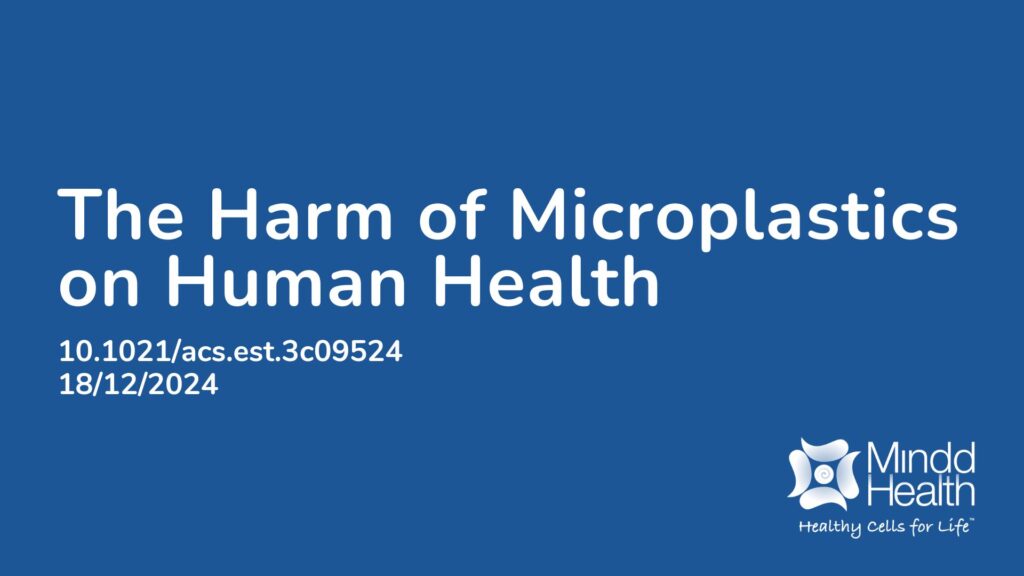Summary:
In 2019, 460 million metric tons of plastic were produced, with production expected to triple by 2060. A large portion comes from single-use plastics, which are mostly made from fossil fuels. The petrochemical industry has been increasing plastic production as demand for oil and gas declines. This raises concerns because plastic production generates greenhouse gases and involves chemicals like phthalates and BPA, which can harm human health, causing issues like reproductive problems, immunotoxicity, and cancer. Microplastics are tiny plastic particles less than 5 millimeters in size. These particles are widespread, found in air, water, food, and even remote places like Antarctica and deep oceans. Microplastics can enter the human body, accumulating in organs and being detected in breastmilk, the liver, and even the placenta. This study is a systematic review to assess the health effects of microplastics. It focused on reproductive, digestive, and respiratory outcomes, including 31 studies (3 human and 28 animal). High-quality evidence suggested microplastics harm sperm quality and immune function, while moderate-quality evidence linked them to reproductive and respiratory harm, chronic inflammation, and potential cancer risks. However, the evidence for birth outcomes was too limited to classify. The review concluded microplastics likely harm human health and highlighted the need for further research and strategies to reduce exposure.
Abstract:
Microplastics are ubiquitous environmental contaminants for which there are documented human exposures, but there is a paucity of research evaluating their impacts on human health. We conducted a rapid systematic review using the “Navigation Guide” systematic review method. We searched four databases in July 2022 and April 2024 with no restriction on the date. We included studies using predefined eligibility criteria that quantitatively examined the association of microplastic exposure with any health outcomes. We amended the eligibility criteria after screening studies and prioritized digestive, reproductive, and respiratory outcomes for further evaluation. We included three human observational studies examining reproductive (n = 2) and respiratory (n = 1) outcomes and 28 animal studies examining reproductive (n = 11), respiratory (n = 7), and digestive (n = 10) outcomes. For reproductive outcomes (sperm quality) and digestive outcomes (immunosuppresion) we rated overall body evidence as “high” quality and concluded microplastic exposure is “suspected” to adversely impact them. For reproductive outcomes (female follicles and reproductive hormones), digestive outcomes (gross or microanatomic colon/small intestine effects, alters cell proliferation and cell death, and chronic inflammation), and respiratory outcomes (pulmonary function, lung injury, chronic inflammation, and oxidative stress) we rated the overall body of evidence as “moderate” quality and concluded microplastic exposure is “suspected” to adversely impact them. We concluded that exposure to microplastics is “unclassifiable” for birth outcomes and gestational age in humans on the basis of the “low” and “very low” quality of the evidence. We concluded that microplastics are “suspected” to harm human reproductive, digestive, and respiratory health, with a suggested link to colon and lung cancer. Future research on microplastics should investigate additional health outcomes impacted by microplastic exposure and identify strategies to reduce exposure.
Article Publication Date: 18/12/2024
DOI: 10.1021/acs.est.3c09524



